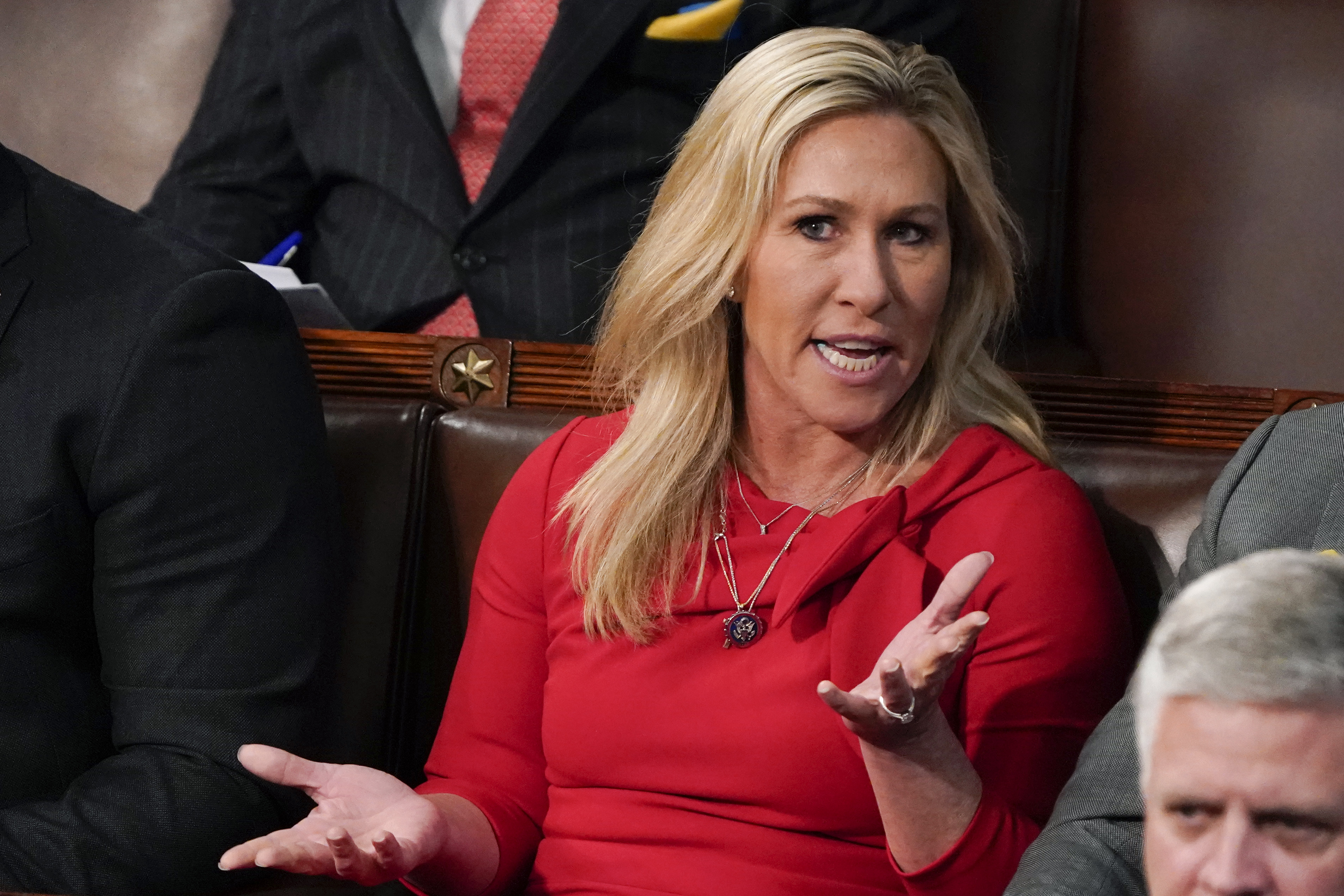It's mid-September, fall harvest at the Veuve Clicquot vineyard in the ancient hamlet of Verzy in France's Champagne region. I am scooting along the impeccably manicured rows of chardonnay grapes, snipping the dense clusters of fruit and tossing them into a basket. That's not dirt on my blue jeans, it's coveted terroir. The vines, shaved into short, orderly slivers of foliage so that only a few perfectly shaped full clusters remain, epitomize the French obsession with controlling every step of its viticulture: neat, trim, precise. The fruit that grows on these vines will one day be sold as Clicquot's highest-quality -product—its Òtête du cuvéeÓ—called La Grande Dame.
Fast-forward one week, and I am wandering the vineyards of northeast Italy, in the Veneto region a couple of hours' drive north of Venice. Here, between the charming ancient towns of Valdobbiadene and Conegliano, the prosecco harvest is in full swing. Unlike in France, these vines are riotous, giant, and unruly. They seem to scream, "Don't hem me in." Loads of luscious, plump sugary fruit hang heavy—a great contrast to the tighter clusters and smaller, tarter berries grown in Champagne.
France and Italy. Though close geographically, the two countries couldn't be more different in the kinds of sparkling wine they produce. Champagne is restrained, sometimes austere, with telltale heady aromas and flavors of yeasty brioche bread. Prosecco is, like its vines, big, fruity, sweeter.
I came to Veneto and Champagne during this year's harvest to explore a tale of two bubblies. I had noticed, as the economy fell off a cliff last year, that bars and restaurants were adding inexpensive prosecco to their menus, selling the Italian sparkler for $7 or $8 a glass versus $20 or more for a flute of champagne. To be sure, the price disparity is a major reason prosecco is popular now. According to wine-industry consultant Jon Fredrikson of Gomberg, Fredrikson & Associates, prosecco sales in the U.S. have jumped 19 percent this year while consumption of champagne sagged 27 percent. So why is prosecco less expensive? And is it just as tasty as champagne?
The first question is easier to answer. Prosecco grapes are allowed to grow in abundance on huge vines, up to nine feet tall. The number of clusters per vine is easily three to five times the number allowed to mature on a champagne vine. So the volume of fruit grown on a set area of land is significantly greater for prosecco. In addition, the method used to make prosecco is much less costly and time-consuming. With few exceptions, it's made from just one grape, the prosecco, using the inexpensive Charmat method. That means the second fermentation of grapes—the process by which effervescence takes shape—-happens in just a few months by adding yeast and sugar to the grape juice in huge pressurized tanks. Once the wine has turned bubbly, it's immediately bottled and shipped. In fact, prosecco is best imbibed within a year of its bottling. Fans love it for its tiny, spritely bubbles and its light, superfresh flavors of honey, melon, citrus, and pineapple.
Champagne is made from chardonnay grapes, or from a blend of chardonnay, pinot noir, and pinot meunier grapes. It's also crafted completely differently, with the second fermentation achieved by adding yeast and rock sugar to each bottle, which over time, interact to form the bubbles. The wine then lies in a dark cellar for a minimum of 15 months and up to 10 years—even longer for rare luxury brands. During the aging of top-shelf champagnes, workers are required to manually turn the bottles every few days to rotate the yeast, an expensive and laborious process called riddling. Less pricey champagnes are riddled by machine. The longer the wines rest, the more complex, rich, and round the flavors and aromas become.
But what about the taste? Champagne lovers tend to shun prosecco as plebeian, simple, and overly fruity. The growing legions of prosecco fans, however, find it tastier, more refreshing, and more approachable than champagne—and definitely easier on the wallet. Indeed, today's derailed economy is drawing younger, less-affluent drinkers to prosecco, since many of them have yet to be snared by champagne's seductive charms. Most proseccos sell for under $15, with even top-tier bottles retailing for less than $35.
Beginning with this year's harvest, Italy will impart its highest-quality ranking of D.O.C.G. to prosecco made specifically in the Conegliano--Valdobbiadene region. Even so, the Veneto-based bubbly isn't likely to command champagne prices any time soon. Meanwhile, champagne prices remain high even if some of it sits on store shelves for months, owing in part to the producers' belief that their bubbles are worth the splurge. Either way, it's impossible not to feel cheered by an effervescent glass of bubbly. And don't we all need a taste of that?
Uncommon Knowledge
Newsweek is committed to challenging conventional wisdom and finding connections in the search for common ground.
Newsweek is committed to challenging conventional wisdom and finding connections in the search for common ground.
About the writer
To read how Newsweek uses AI as a newsroom tool, Click here.








